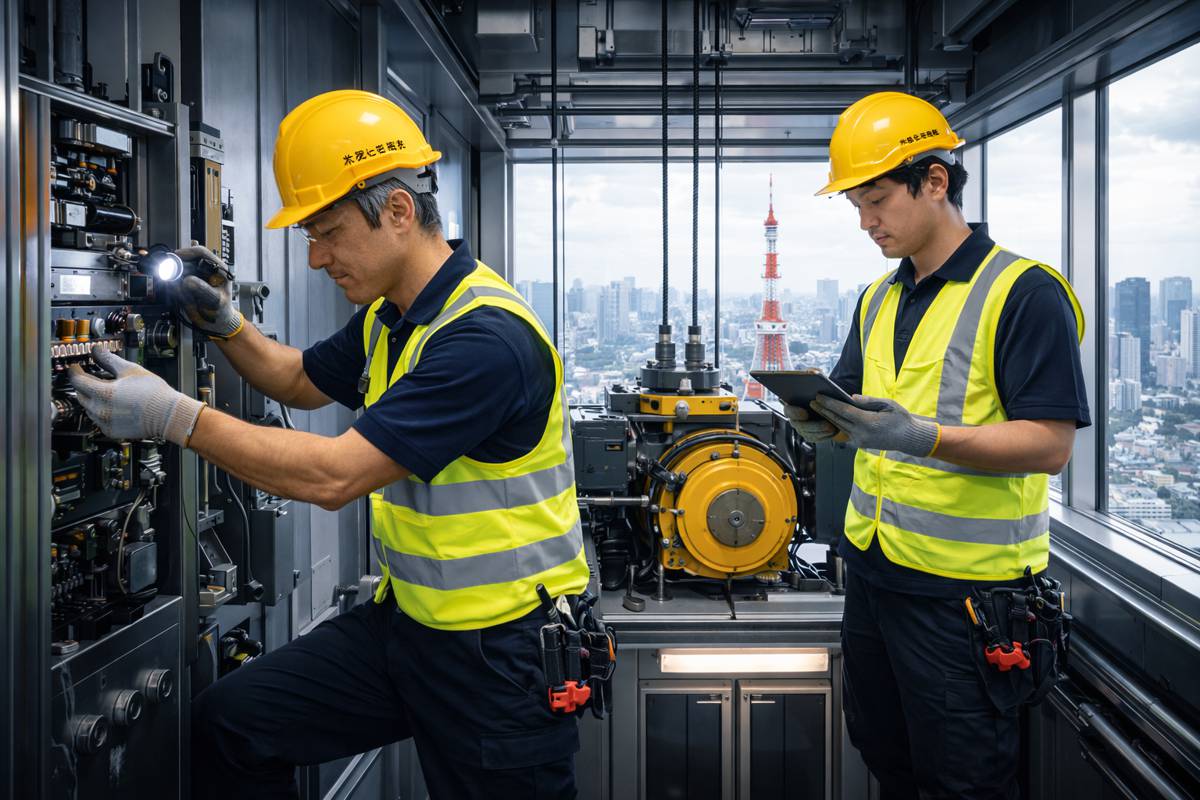Digital Transformation and Safety Innovation with Smart PPE
Traditional personal protective equipment (PPE) management in construction has long been labour-intensive, with large workforces requiring constant monitoring through inefficient manual systems via pen-and-paper.
The outdated approach creates administrative burdens and leaves room for potentially dangerous compliance gaps in worker safety protocols. However, the emergence of smart technology, in which PPE is integrated with chips and other sensors, is revolutionizing how construction sites manage their safety equipment.
Additionally, by digitizing PPE, companies can enhance worker protection while accelerating their digital transformation journey, creating a more connected and safer construction environment that bridges physical safety with digital innovation.
The PPE Digital Revolution
Highway maintenance professionals with decades of experience can remember when thermoplastic hard hats were the industry standard on highway projects. These traditional hard hats were often yellow, white, or orange, offering minimal features beyond simple impact protection. They included an adjustable suspension system, which, if organizations splurged, may have included a sweatband. While they provided essential head protection, they lacked modern amenities.
Today’s helmets have come a long way, with many features adopted from the latest outdoor sports gear, including state-of-the-art impact absorption materials, integrated face shields, and built-in ventilation systems. The latest PPE also includes smart technology, like near-field communication (NFC) chips capable of storing information about the wearer. With technology integrated into PPE, such as helmets or safety harnesses, each piece of equipment becomes a digital repository, storing information about the equipment, including its issue date, inspection history, essential worker training certifications, medical information, and emergency contacts.
Before smart PPE, workers often stored folded papers or laminated cards with certifications and personal information in their helmet webbing, wallets, or pockets. These were easy for workers or construction managers to misplace, and sweat frequently caused the ink to bleed, making the notes illegible. Now, smart PPE with embedded chips transforms standard safety equipment into interactive data points that can be instantly scanned with any smartphone via an app, providing immediate access to critical health information, including allergies and medical conditions, emergency contacts, or certification documentation.
When integrated with an organization’s broader safety management platforms, smart PPE enables improved tracking and monitoring of equipment usage and compliance, creating a connected workforce that enhances safety through digital oversight and instant data accessibility.
Modernized PPE Inventory Management
Digital management of PPE has revolutionized how highway construction companies maintain their safety equipment inventory, transforming a traditionally manual process into a streamlined digital workflow.
Companies can now monitor their PPE inventory across multiple job sites by equipping managers with mobile devices to scan and upload equipment information. With inventory connected to safety management software, the digitized system tracks equipment lifecycles and is capable of sending timely alerts when items need inspection or replacement. Workers perform required self-checks through mobile apps, and supervisors can ensure compliance.
A digital approach provides valuable insights into usage patterns amongst workers, enabling companies to optimize their PPE distribution and maintain compliance more effectively.
Improved Jobsite Accident Response
In addition to multiple operational benefits, smart PPE offers support for construction teams in case of a worksite accident. With personal contact and medical information stored on PPE and accessible through a smartphone app to colleagues, managers, or first responders, people can make better decisions faster when administering aid, particularly if an injured person is incapacitated.
Additionally, teams can instantly alert first responders to the exact location of the incident with a button and provide important medical information about the wearer to medical personnel once they arrive. With information such as existing health conditions like diabetes, high blood pressure, or specific medicine allergies, first responders can make better decisions and hasten decision-making during life-threatening situations.
Smart PPE Adoption Considerations
Adopting smart PPE offers construction companies numerous benefits, but it also demands careful consideration of implementation challenges. Organizations can streamline administrative processes and automate documentation checks, tracking, and reporting. The technology’s ability to optimize equipment lifecycle management can generate substantial cost savings by tracking equipment more carefully and purchasing new PPE only when needed.
They also enable improved information sharing during worksite accidents to improve safety. However, the initial investment requires a thorough ROI analysis. Smart PPE sells at a slight premium over standard equipment, workers will need training, and organizations must commit to enforcing adoption. Companies already using safety management software are already further along on a digital transformation journey, and teams will need to ensure that the PPE they choose will integrate seamlessly into existing solutions.
Successful implementation ultimately depends on developing comprehensive change management strategies that integrate smart PPE into existing safety programs while ensuring buy-in from all stakeholders, from field workers to senior management. Smart PPE offers a complementary solution that revolutionizes operational efficiency and reinforces an organization’s commitment to driving a safety-focused culture at work.
By digitizing these processes, organizations aren’t just streamlining workflows – they’re creating a comprehensive ecosystem that enhances worker protection while delivering measurable returns. The technology drives significant cost savings through improved asset tracking and reduced equipment loss while automatically generating the documentation needed for regulatory compliance. Highway construction organizations can immediately advance worker protection by adopting smart PPE and cutting-edge safety technology today.
Article by Christian Connolly, CEO at Twiceme.




















